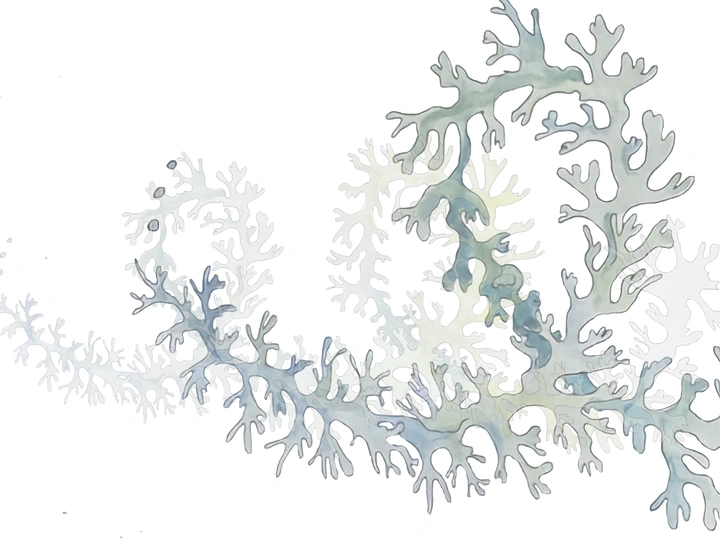The Spiral Model - theory, framework, manifesto

ANNA KRENZ is a Polish freelance artist, architect, author and researcher, activist living in Berlin.
Graduated from the Faculty of Architecture at the Poznan University of Technology and completed her Master's degree in Energy, Environment and Sustainable Design at the Architectural Association in London. Anna Krenz exhibits her works in solo and group exhibitions in Germany, Poland and worldwide. She creates engaged art, dealing with socio-political topics, stereotypes and religion, ecology and history. Her interdisciplinary work ranges from conceptual exhibitions and urban interventions to historical research and activism, connecting past, present and future through creative strategies. Member of the design studio Sinus_3, which deals with issues of architecture, ecology and the design of public space. Since 2001, Krenz has been working as a freelance creative member for Nordic Folkecenter for Renewable Energy, Denmark on renewable energy and communication projects. 2003-2012 co-director of the ZERO Gallery in Berlin. 2007-2009 editor-in-chief of the design magazine "VOX Design" and„re:design” magazine. Krenz writes and lectures on sustainable architecture, urban development, women’s and human rights, history and politics. Krenz is the founder of the feminist collective Dziewuchy Berlin. Scholarships (choice): Pilecki Institute, Berlin (2024), Fonds Darstellende Künste, Berlin, Berliner Senatsverwaltung für Kultur und Europa, The Foundation for Arts Initiatives, USA; Awards: Initiative Schlossaneignung / winning entry (2024); Clara Zetkin–Frauenpreis (for Dziewuchy Berlin) (2021), Goldene Eulen Preis in Visual Arts (2021), etc.
The „Spiral Model" proposes a new urban model inspired by natural, decentralised growth. The theory embraces a four-dimensional spiral — adding time to spatial design. Using lichen as a living model, the project bridges ecology, feminist theory, memory, and urban space. Unlike circular development models, spirals integrate history, memory, and transformation.
This framework draws from my background in architecture and urbanism, where I focused on compact city theory, and is rooted in lived observations of urban sprawl patterns or destructive top down developments of global ruthless investors. These repeating mistakes expose the urgent need for a spatial culture that learns from its past.
The „Spiral Model” applied to the „Compact City” concept offers a deeper, more nature- and human-centred understanding of urban development. In contrast to models like the “15-minute city” — which evaluate urban quality through a capitalist lens of speed and convenience — spiral urbanism calls for compactness, intensity, and historical consciousness. Another crucial dimension is renewable energy infrastructure. I specialise in the history of modern wind power through my coop with the Nordic Folkecenter for Renewable Energy (DK). The development of modern wind turbines in northern Jutland is not just a technological success — it represents the agency of civic society, and the empowerment of communities to create sustainable solutions. Learning from history may provide a safer future.
In this sense, the „Spiral Model” is also feminist: it centres community power, decentralised systems, and care. It reclaims erased or invisible histories — particularly those of women — as essential elements of future cities. The „Spiral Model” is both a manifesto and a methodology — applicable to research, education, participatory planning, and design. It calls for the richness of staying, remembering, and regenerating.